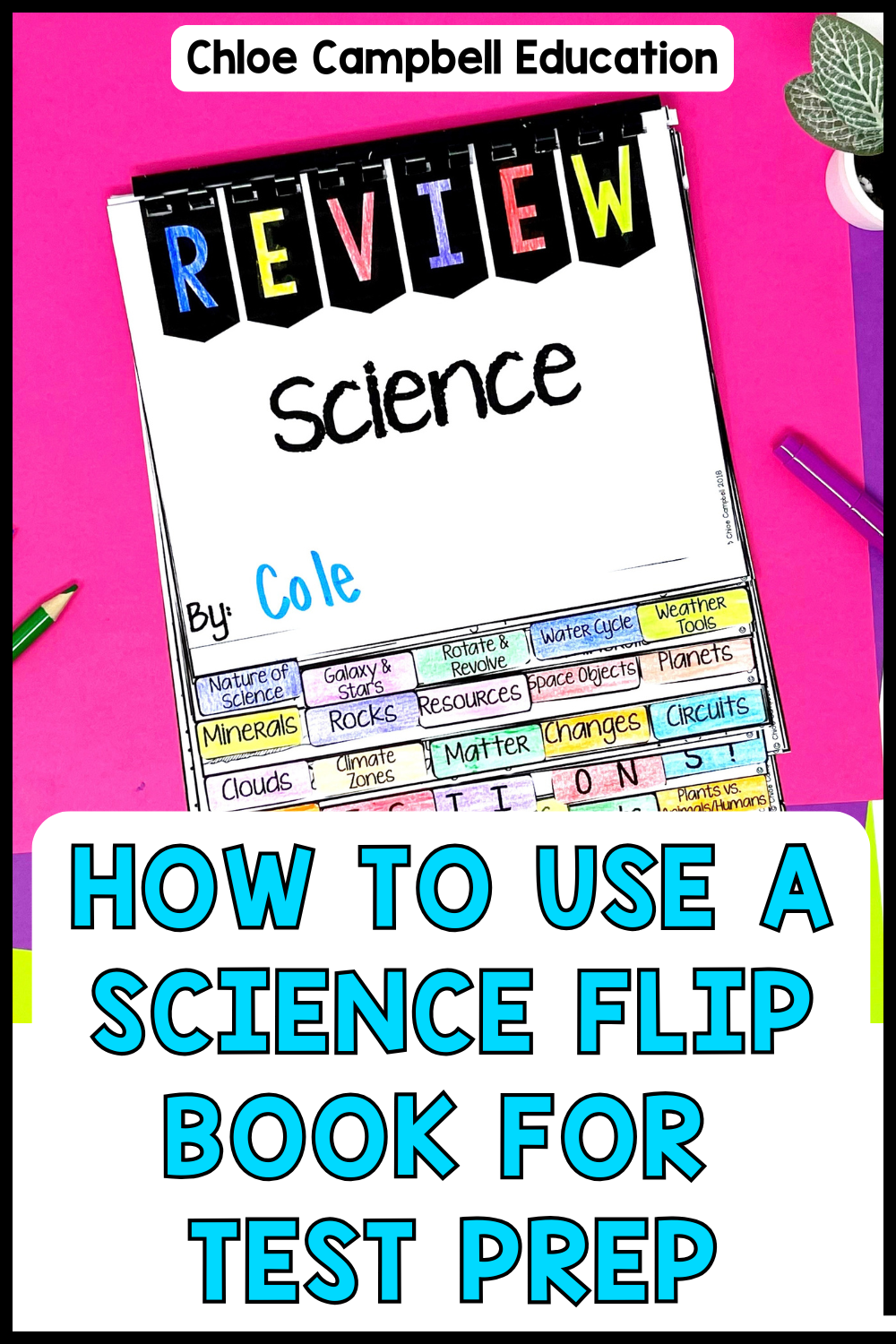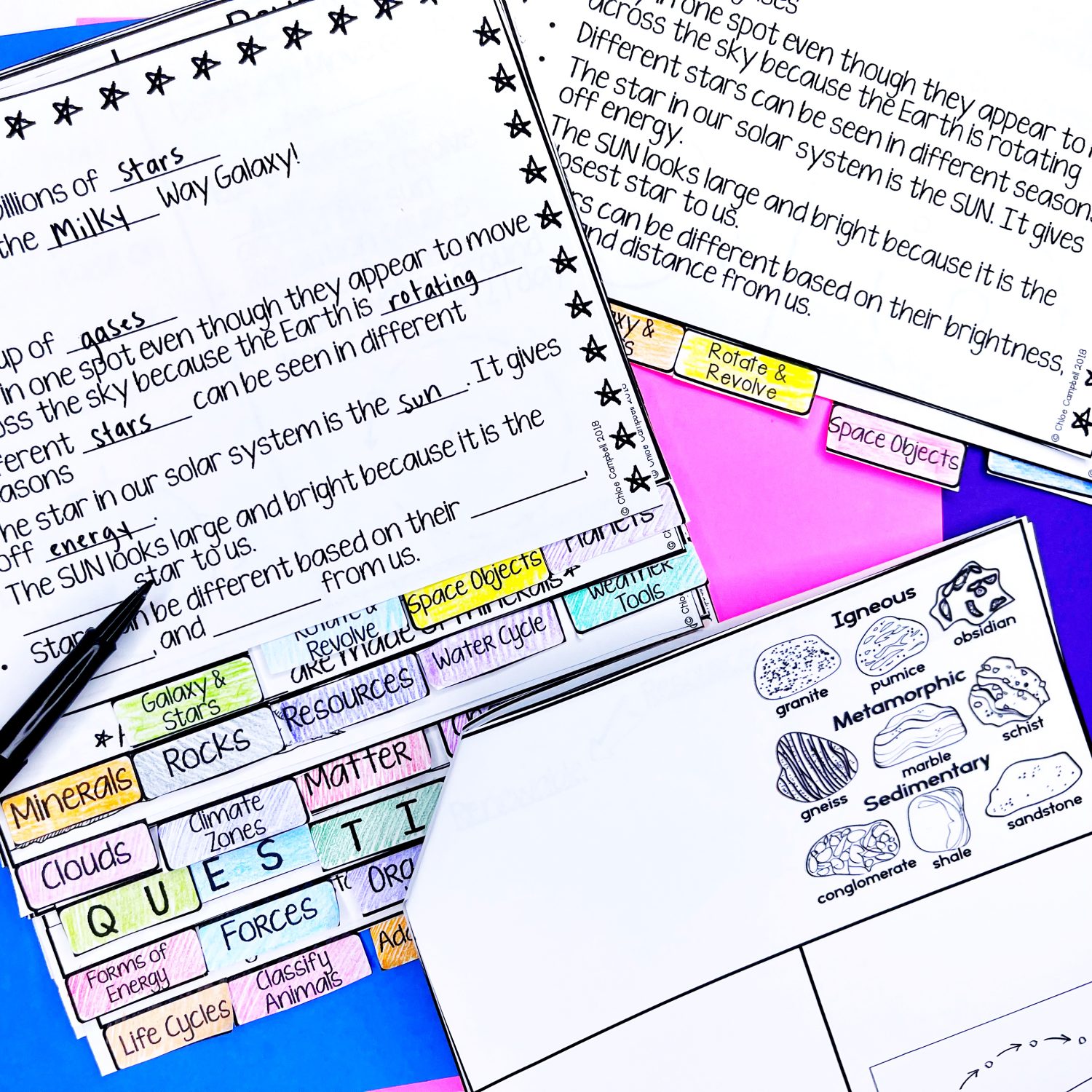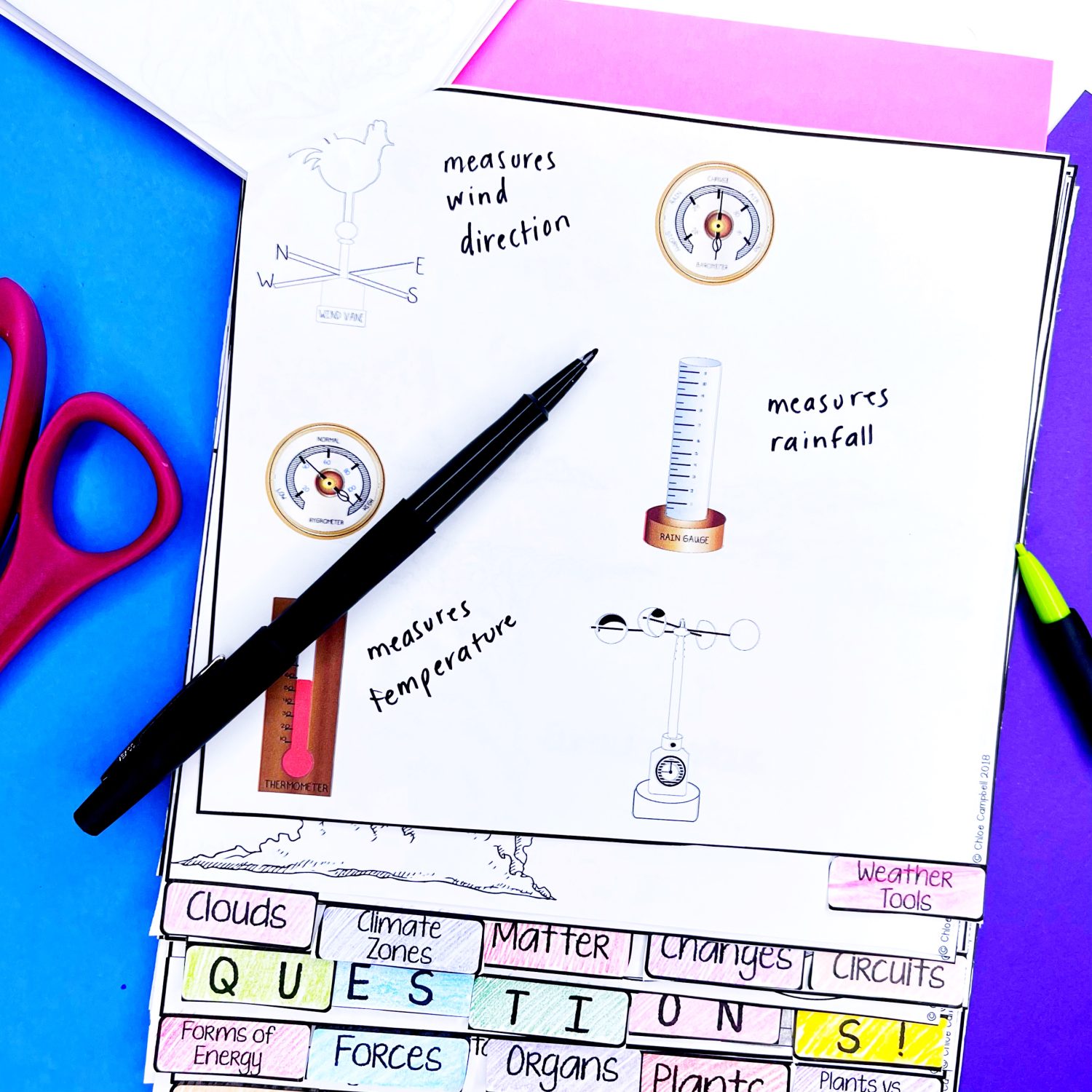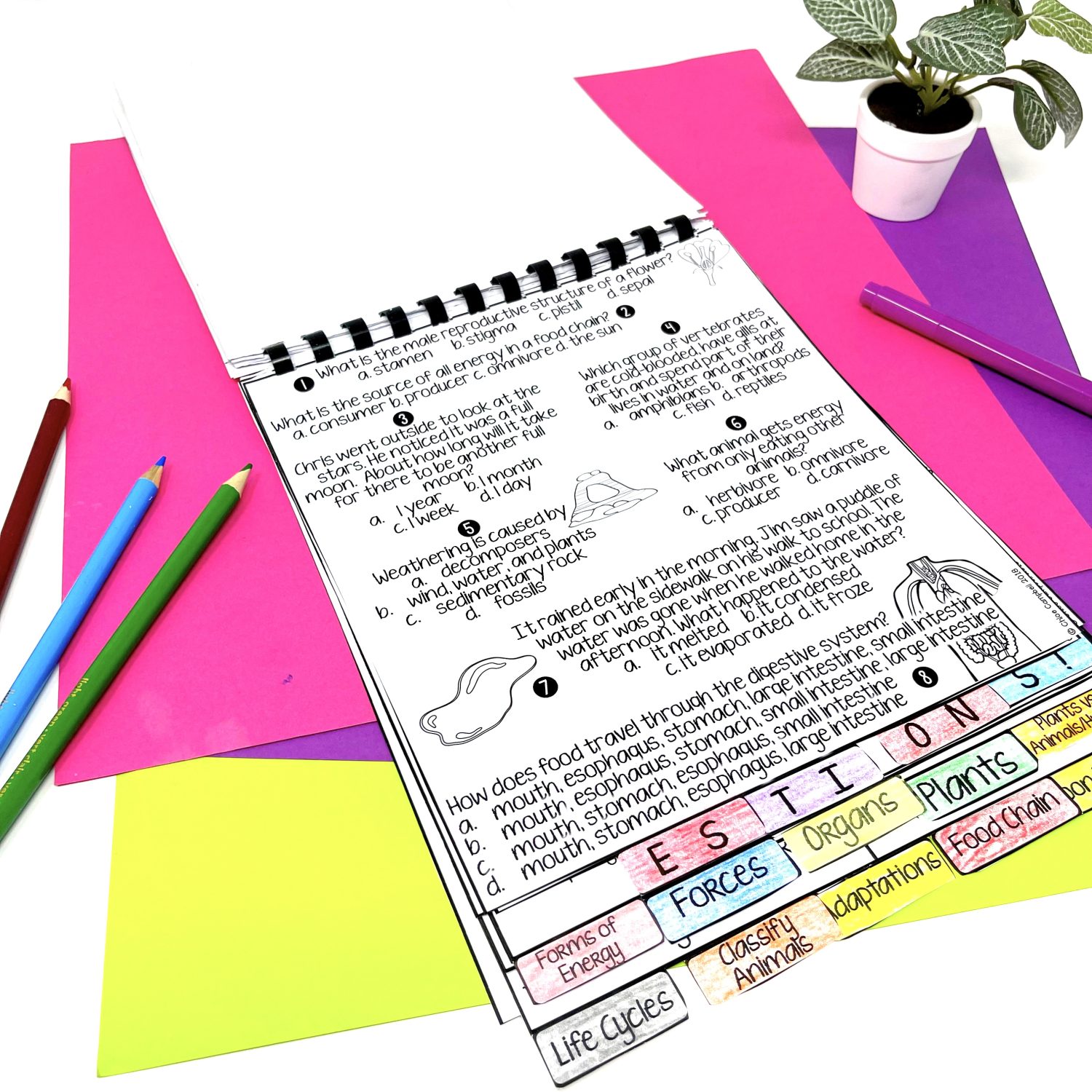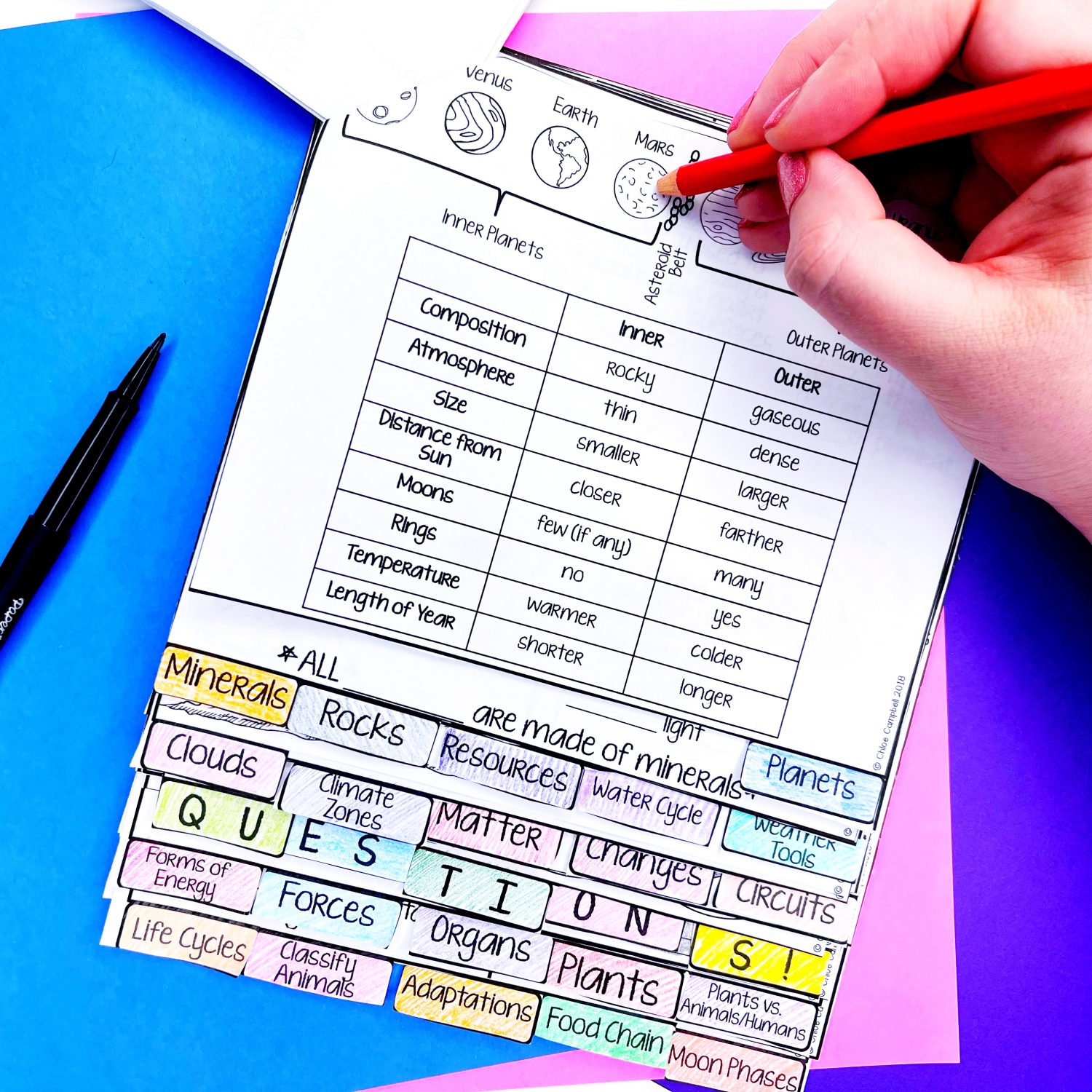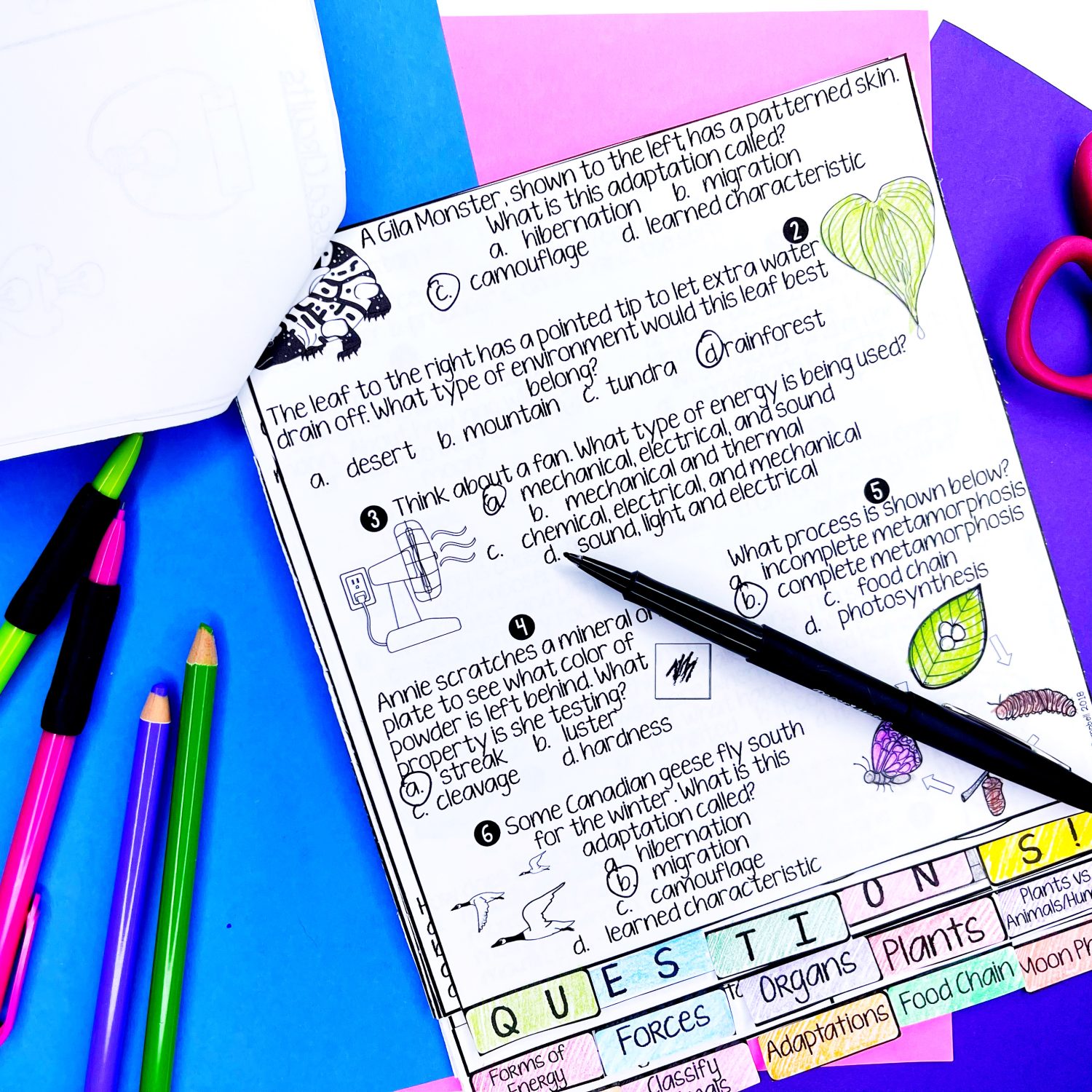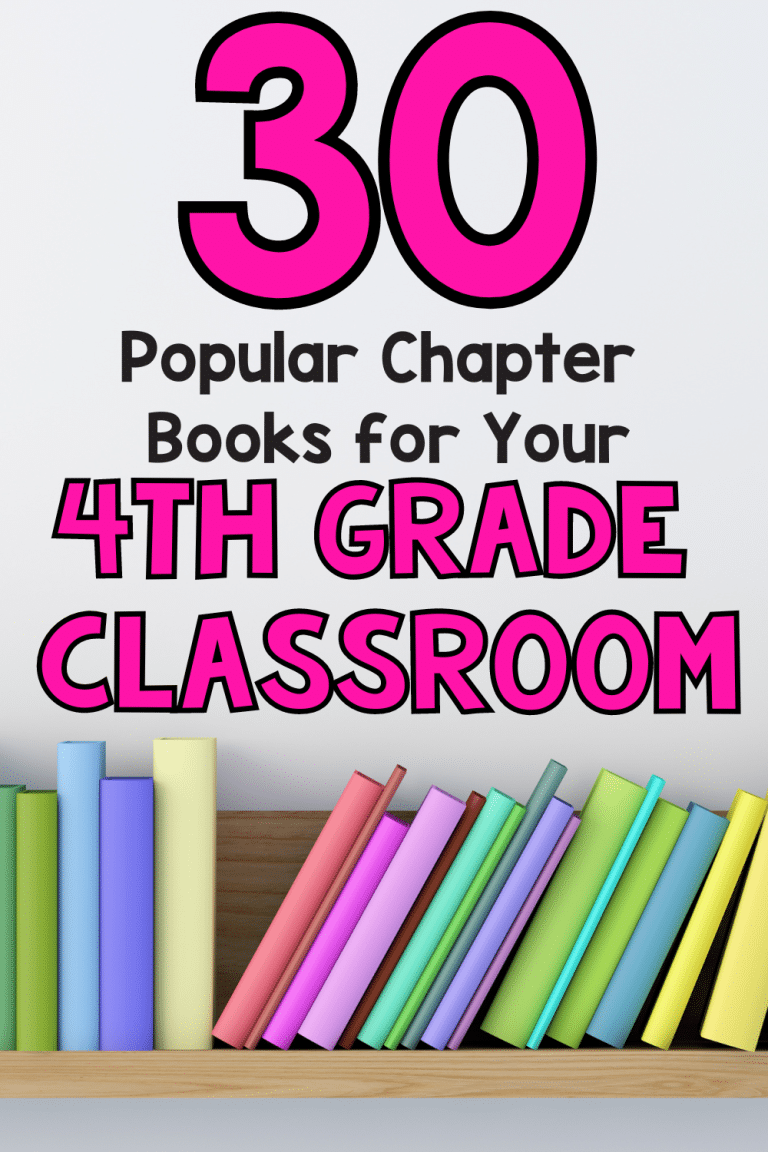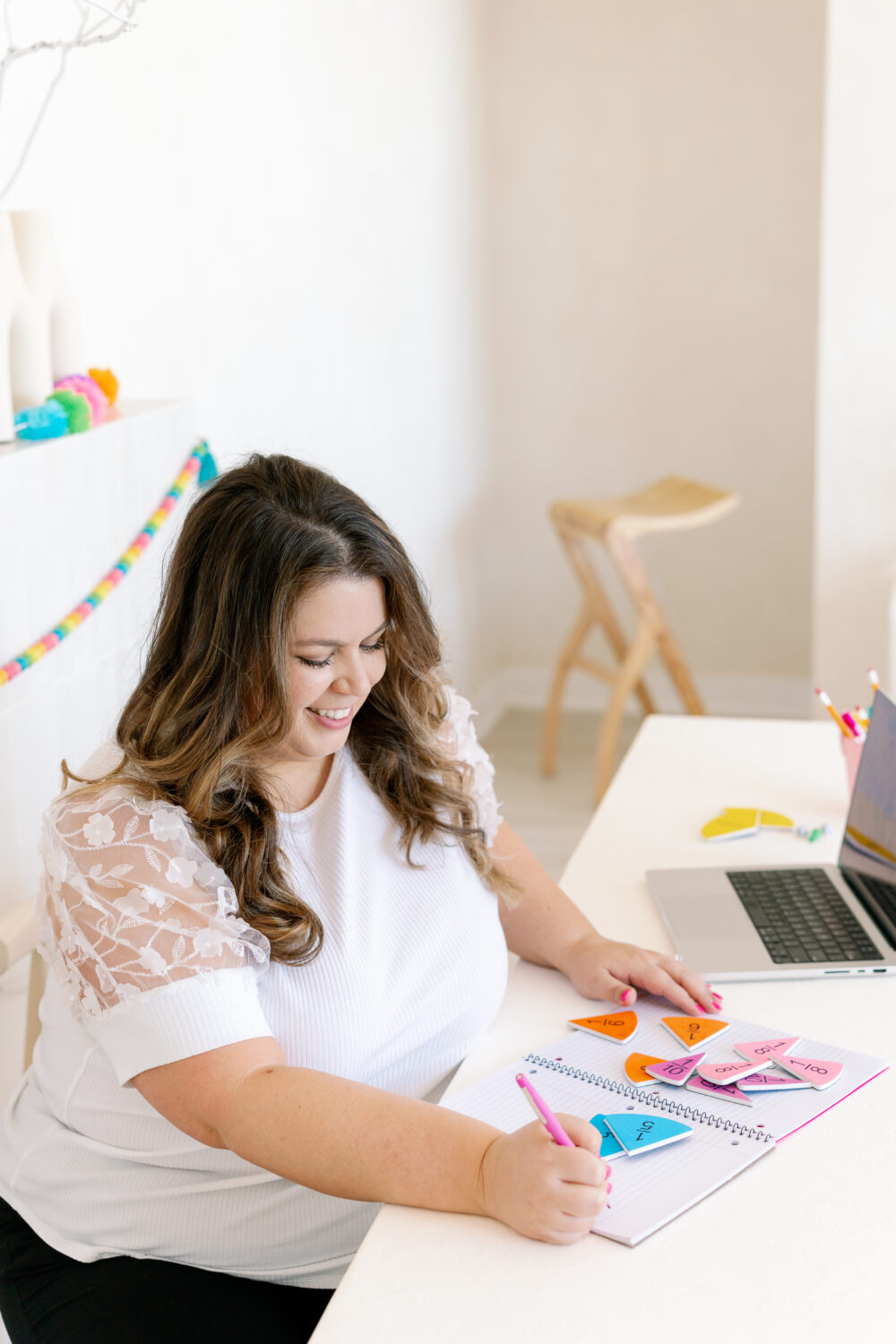How to Use a Science Flip Book for Test Prep
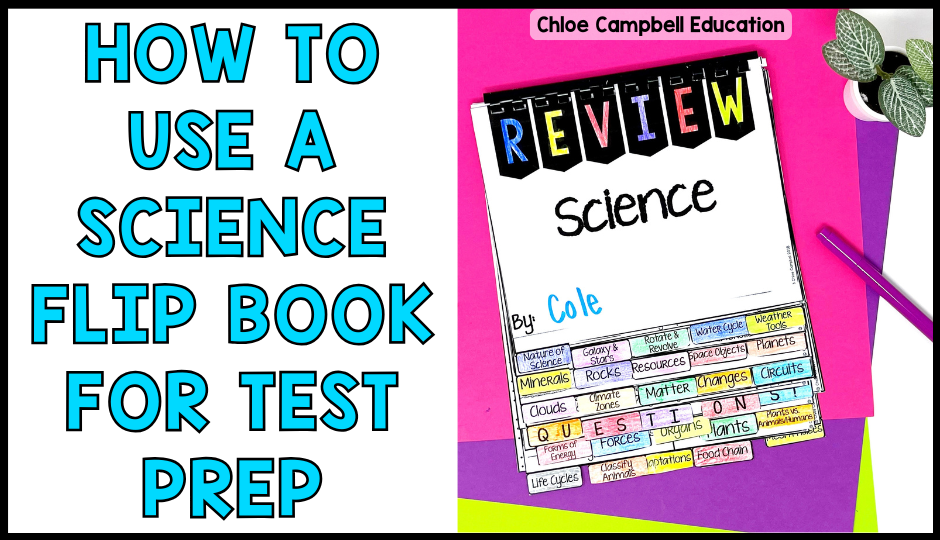
As a teacher, finding engaging ways to prepare your students for science tests can be challenging. That’s where a science flip book comes in handy! This resource combines interactive learning with test prep, ensuring your students stay motivated and confident as they review essential science topics. Let’s explore how you can use a science flip bookeffectively in your classroom to make test prep a breeze.
The Importance of Engaging Science Test Prep
Science test prep doesn’t have to be boring. Using easy activities like a science flip book keeps students engaged while reinforcing key concepts. When students enjoy the process, they retain more information and feel more confident walking into test day. If you’re looking for more engaging ideas for science prep, check out my post on science activities for elementary students for inspiration.
How to Use a Science Flip Book for Test Prep
1. Start Early and Build Over Time
Don’t wait until test season to introduce the science flip book. Instead, incorporate it into your lessons throughout the year. For example:
- After teaching a unit, complete the corresponding page in the flip book as a review.
- Use the “Fill in the Blanks” version during guided practice to reinforce learning.
- Keep the flip book as a working document, adding to it as students progress through the science curriculum.
Starting early allows students to grow familiar with the flip book and see it as a valuable tool rather than a last-minute task. Building it over time also ensures students have a complete, organized review resource when test season arrives. This incremental approach reduces overwhelm and strengthens retention.
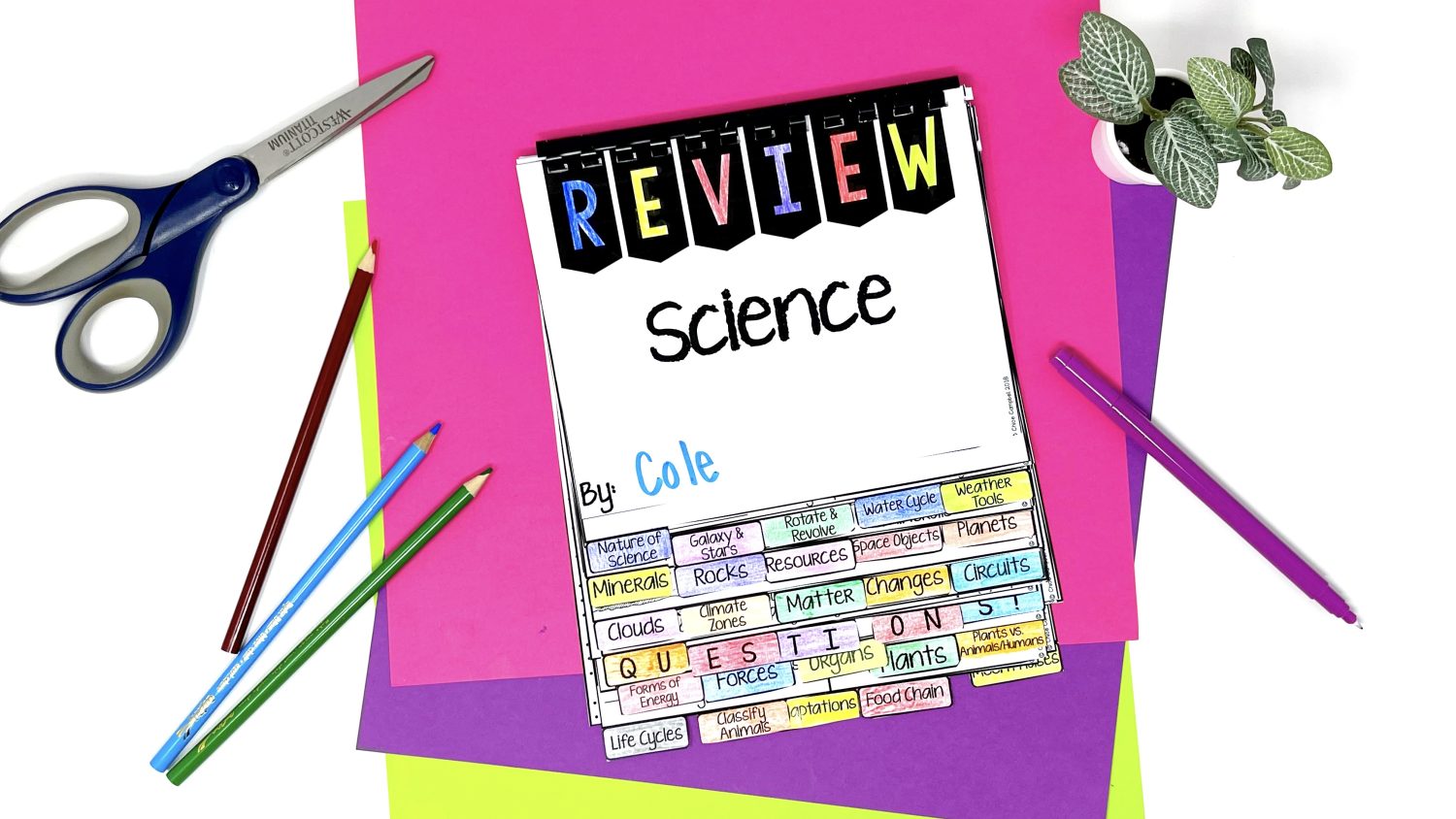
2. Offer Options for Differentiation
One of the best things about this flip book for science test prep is the variety of formats:
- Basic Template: Ideal for students who thrive with more open-ended activities.
- Fill in the Blanks: Perfect for guided practice or students who need more structure.
- Pre-Filled Version: Great for students with accommodations or those who missed lessons.
Differentiation is key to meeting the needs of all learners. Offering these options allows you to tailor the flip book experience, ensuring every student has the support they need to succeed. For instance, using the “Pre-Filled Version” can boost confidence in students who struggle with note-taking, while the “Basic Template” encourages creativity and deeper engagement.
3. Use It for Small Group Instruction
During small group sessions, focus on specific science topics that students struggle with. The “Fill in the Blanks” version is particularly effective here, as it allows you to guide students through concepts step by step. For instance:
- Use the “Closed and Open Circuits” page to discuss physical science topics and practice identifying conductors and insulators.
- Revisit “Life Cycles” during a review of plants and animals adaptations, encouraging students to share examples from the flip book.
Small groups provide an opportunity for targeted instruction, ensuring that students who need extra help receive the attention they deserve. Additionally, it’s a chance to address misconceptions and build confidence in a more supportive setting.
4. Incorporate Hands-On Activities
Make the flip book part of a larger, interactive way of learning. Pair it with experiments or activities related to the topics:
- Mineral Properties: Have students test minerals for hardness or streak and then record findings in the flip book.
- Moon Phases: Use Oreo cookies to model phases of the moon, followed by completing the “Moon Phases” page.
- Weather Tools: Set up stations with instruments like thermometers and barometers, then fill out the “Weather Tools” page together.
Adding hands-on activities helps students connect the theoretical content in the flip book to real-world applications, making learning more meaningful and engaging. These activities also encourage students to see science as an active process rather than passive memorization.
5. Focus on Independent Work
The pre-filled version of the science flip book is a fantastic tool for independent work. Students can:
- Use it as a study guide for reviewing key concepts.
- Highlight or underline information that’s particularly challenging.
- Test themselves by covering sections and trying to recall answers.
Independent work fosters self-reliance and accountability, allowing students to take ownership of their learning. This approach also helps prepare them for independent test-taking situations. Additionally, it provides a structured yet flexible resource for students to revisit as needed.
6. Highlight the Scientific Method
Reinforce the scientific method by integrating it into the flip book. The “Investigations and Experiments” page is an excellent starting point. Walk students through:
- Formulating hypotheses based on observations.
- Identifying control groups and variables.
- Recording results and drawing conclusions.
Breaking down the scientific method into manageable steps helps students approach experiments and test questions with confidence. Encourage students to reference this page when tackling inquiry-based questions or designing their own investigations.
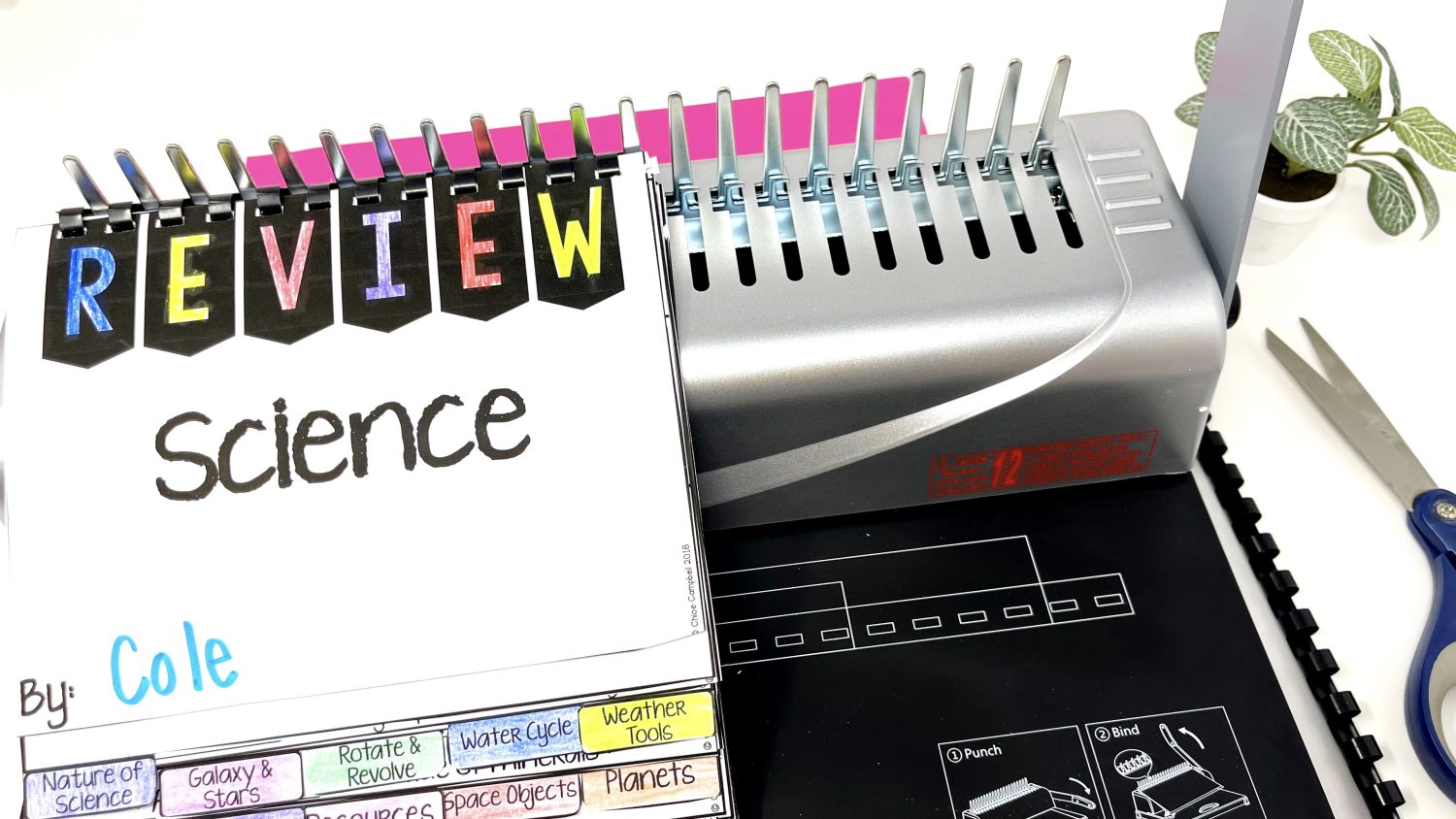
7. Make It a Collaborative Activity
Encourage collaboration by having students work in pairs or groups to complete certain pages. For example:
- Assign each group a page, such as “Renewable and Nonrenewable Resources,” to research and present to the class.
- Use the “Weathering and Erosion” page as a springboard for group discussions about real-world examples.
Collaborative activities foster teamwork and allow students to learn from one another, reinforcing key concepts through discussion and peer teaching. This method also helps students develop communication and problem-solving skills, which are vital in science and beyond.
8. Incorporate It Into Interactive Notebooks
If you already use interactive notebooks, the flip book fits right in! Students can:
- Add completed flip book pages to their notebooks for easy access.
- Use the “Properties of Matter” page as a reference during related activities.
- Combine the flip book with other notebook entries to create a comprehensive review tool.
Incorporating the flip book into interactive notebooks keeps all learning materials organized in one place, making it easier for students to review. This integration also helps students see connections across different science topics and fosters a deeper understanding of the material.
9. Tips for Creating the Flip Book
Building the flip book can be a fun and engaging activity in itself. Here are some tips to ensure the process goes smoothly:
- Pre-Cut Pages: If time allows, have students or a volunteer cut out the pages in advance.
- Binding Options: Use binder rings, staples, or a small spiral binding machine to keep the pages together securely. Binder rings can even be attached to the legs of students’ desks for easy access during test prep.
- Customize Covers: Let students design their own covers to add a personal touch.
- Glue into Interactive Notebooks: For a more permanent option, students can glue each page into their interactive notebooks for easy reference.
- Organize in a Binder: Use a simple binder to keep all pages together, ensuring they stay neat and easy to flip through.
Taking the time to create the flip book properly ensures it’s durable, functional, and something students can take pride in using. It also sets the tone for how students view this resource—as a vital tool for success.
10. Plan a Flip Book Boot Camp Day
Dedicate an entire day to reviewing and completing the flip book in a boot camp-style setting. Set up stations for different topics covered in the flip book, with quick activities or challenges at each station. For example:
- Station 1: Forms of Energy: Have students sort items into categories like mechanical, thermal, or electrical energy.
- Station 2: Moon Phases: Use flashcards or visuals to identify and match moon phases.
- Station 3: Weather Tools: Let students identify instruments and explain their purposes.
Rotate students through the stations, allowing them to work collaboratively and complete their flip book pages along the way. You can add timers and a “mission accomplished” stamp for completed stations to make the experience even more exciting. This boot camp approach makes review fun and ensures every student is fully engaged.
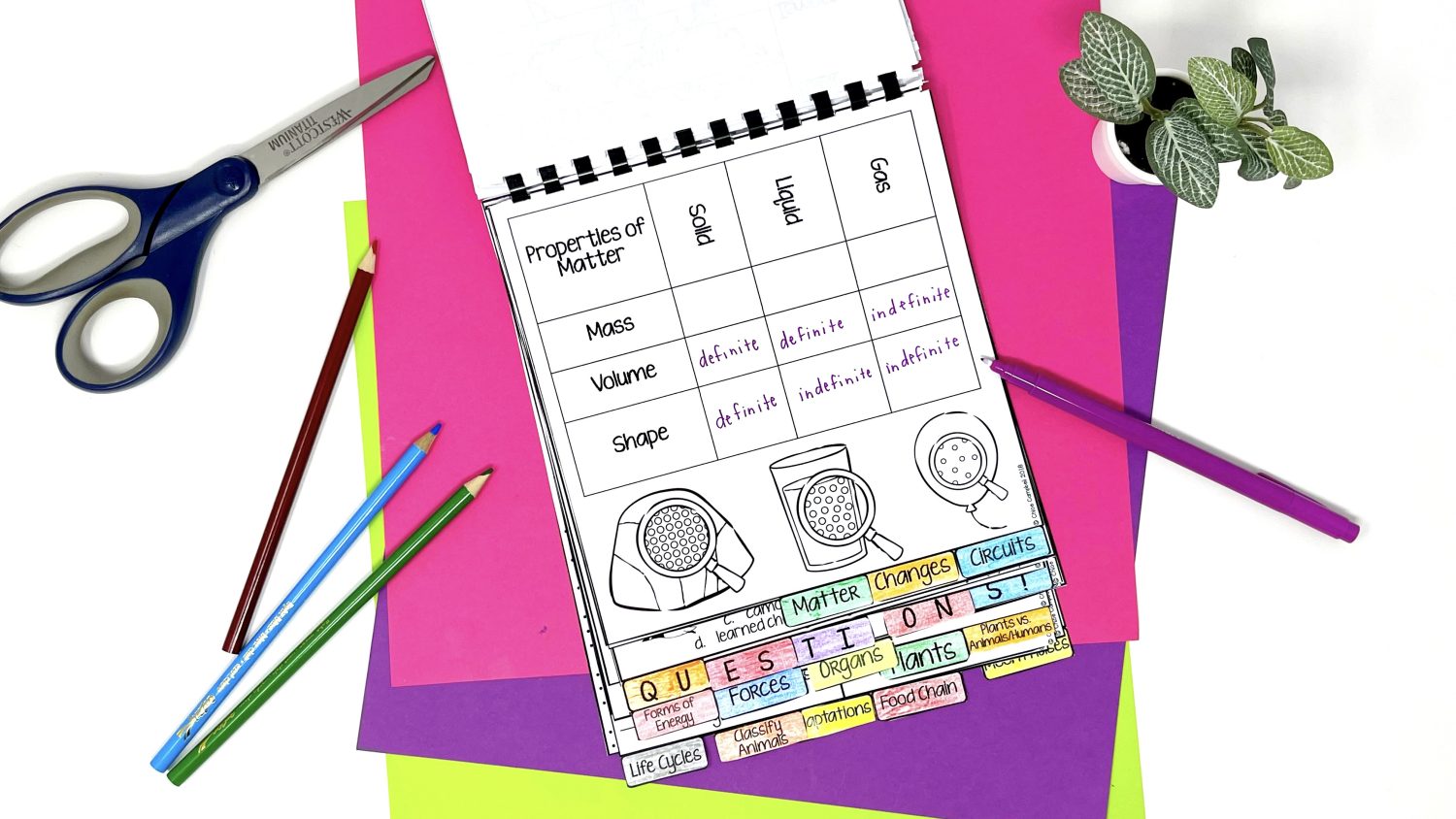
Printable Flip Book for Science Test Prep
Looking for a ready-made solution to streamline your test prep? My Science Flip Book has everything you need to review 5th grade science standards in a fun and interactive way. With printable and digital options, this resource is perfect for individual students, small group instruction, or whole-class activities.
Grab your copy today: Science Flip Book for Test Prep.
For more test prep tips, check out my post on science state test prep.
Save This Science Flip Book
Pin this post to keep these tips handy! Using a science flip book is one of the most effective ways to prepare your students for test day. From hands-on activities to independent study, this resource is versatile, engaging, and perfectly aligned with the science curriculum. Let’s make test prep interactive and fun!
